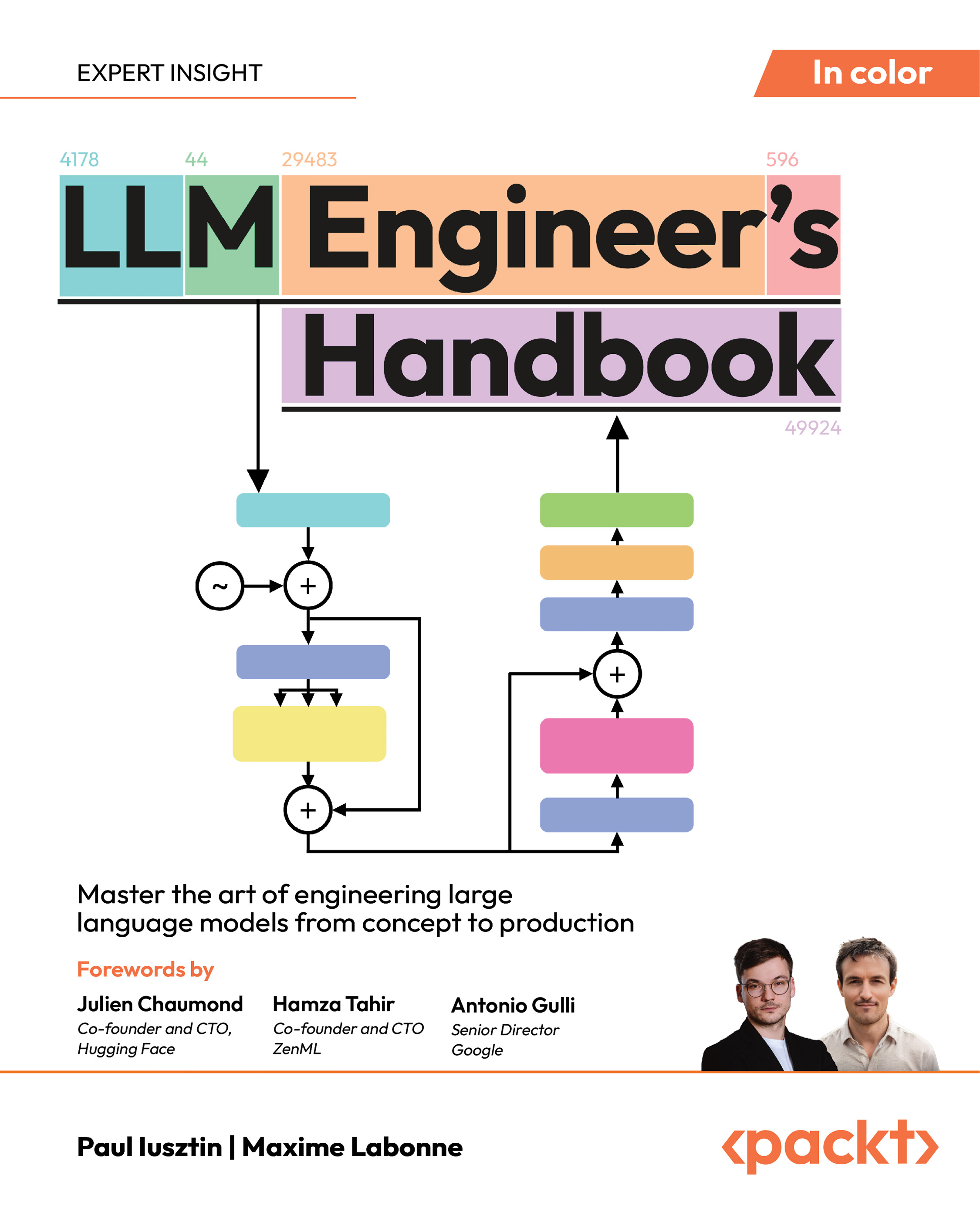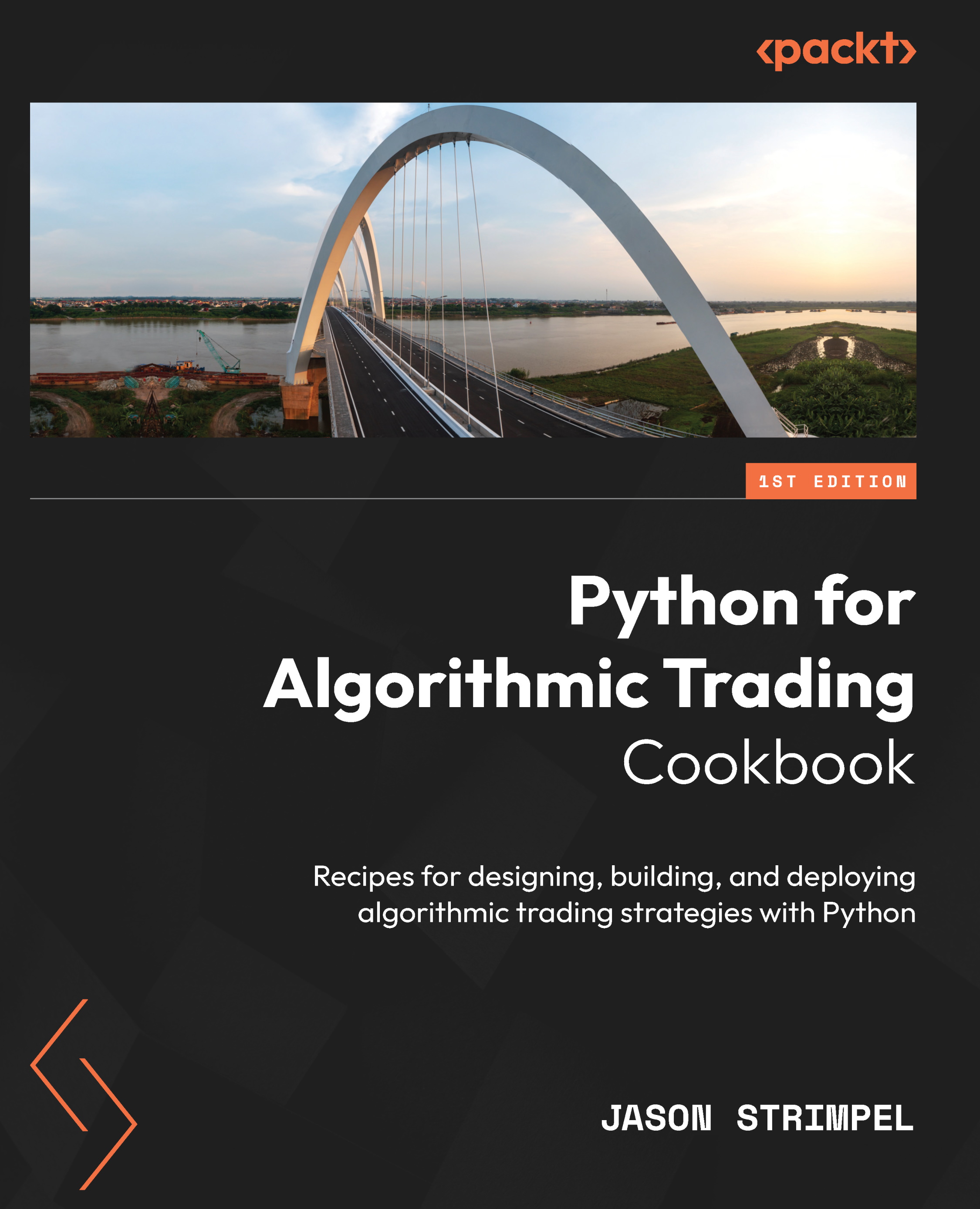Google’s DeepMind is turning its attention to using AI for science and healthcare. This statement is strengthened by the fact that last month, Google made major inroads into healthcare tech by absorbing DeepMind Health. In August it’s AI was successful in spotting over 50 sight-threatening eye diseases. Now it has solved another tough science problem. At an international conference in Cancun on Sunday, Deepmind’s latest AI system AlphaFold won the Critical Assessment of Structure Prediction (CASP) competition.
The CASP is held every two years, inviting participants to submit models to predict the 3D structure of a protein from the amino acid sequence. The ability to predict a protein’s shape is useful to scientists because it is fundamental to understanding its role within the body. It is also used for diagnosing and treating diseases such as Alzheimer’s, Parkinson’s, Huntington’s and cystic fibrosis. AlphaFold’s SUMZ score was 127.9 (the previous winner SUMZ score was 80.46), achieving what CASP called “unprecedented progress in the ability of computational methods to predict protein structure.” The second team, named Zhang, scored 107.6.
How does Deepmind’s AlphaFold work
AlphaFold’s team trained a neural network to predict a separate distribution of distances between every pair of residues in a protein. These probabilities were then combined into a score that estimates how accurate a proposed protein structure is. They also trained a separate neural network that uses all distances in aggregate to estimate how close the proposed structure is to the right answer.
The scoring functions were used to search the protein landscape to find structures that matched their predictions. They used two distinct methods to construct predictions of full protein structures.
The first method repeatedly replaced pieces of a protein structure with new protein fragments. They trained a generative neural network to invent new fragments to improve the score of the proposed protein structure.
The second method optimized scores through gradient descent for building highly accurate structures. This technique was applied to entire protein chains rather than to pieces that must be folded separately before being assembled, reducing the complexity of the prediction process.
DeepMind Founder and CEO Demis Hassabis celebrated the victory in a tweet.
https://twitter.com/demishassabis/status/1069411081603481600
Google CEO Sunder Pichai was also excited about this development on how AI can be used for scientific discovery.
https://twitter.com/sundarpichai/status/1069450462284267520
NeurIPS 2018 paper: DeepMind researchers explore autoregressive discrete autoencoders (ADAs) to model music in raw audio at scale.
Google makes major inroads into healthcare tech by absorbing DeepMind Health
A new episodic memory-based curiosity model to solve procrastination in RL agents by Google Brain, DeepMind and ETH Zurich
Unlock access to the largest independent learning library in Tech for FREE!
Get unlimited access to 7500+ expert-authored eBooks and video courses covering every tech area you can think of.
Renews at £16.99/month. Cancel anytime
 United States
United States
 Great Britain
Great Britain
 India
India
 Germany
Germany
 France
France
 Canada
Canada
 Russia
Russia
 Spain
Spain
 Brazil
Brazil
 Australia
Australia
 Singapore
Singapore
 Canary Islands
Canary Islands
 Hungary
Hungary
 Ukraine
Ukraine
 Luxembourg
Luxembourg
 Estonia
Estonia
 Lithuania
Lithuania
 South Korea
South Korea
 Turkey
Turkey
 Switzerland
Switzerland
 Colombia
Colombia
 Taiwan
Taiwan
 Chile
Chile
 Norway
Norway
 Ecuador
Ecuador
 Indonesia
Indonesia
 New Zealand
New Zealand
 Cyprus
Cyprus
 Denmark
Denmark
 Finland
Finland
 Poland
Poland
 Malta
Malta
 Czechia
Czechia
 Austria
Austria
 Sweden
Sweden
 Italy
Italy
 Egypt
Egypt
 Belgium
Belgium
 Portugal
Portugal
 Slovenia
Slovenia
 Ireland
Ireland
 Romania
Romania
 Greece
Greece
 Argentina
Argentina
 Netherlands
Netherlands
 Bulgaria
Bulgaria
 Latvia
Latvia
 South Africa
South Africa
 Malaysia
Malaysia
 Japan
Japan
 Slovakia
Slovakia
 Philippines
Philippines
 Mexico
Mexico
 Thailand
Thailand














